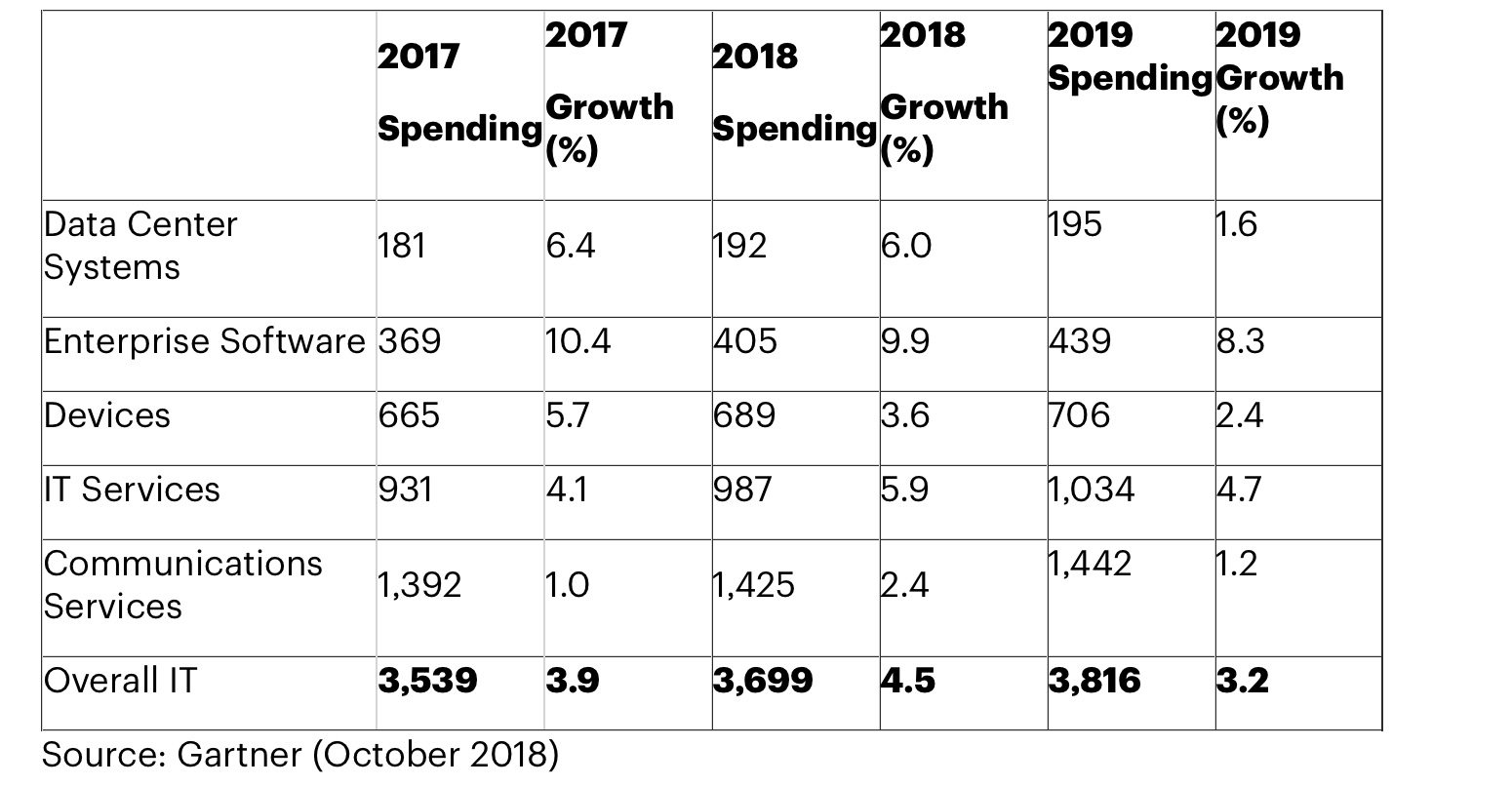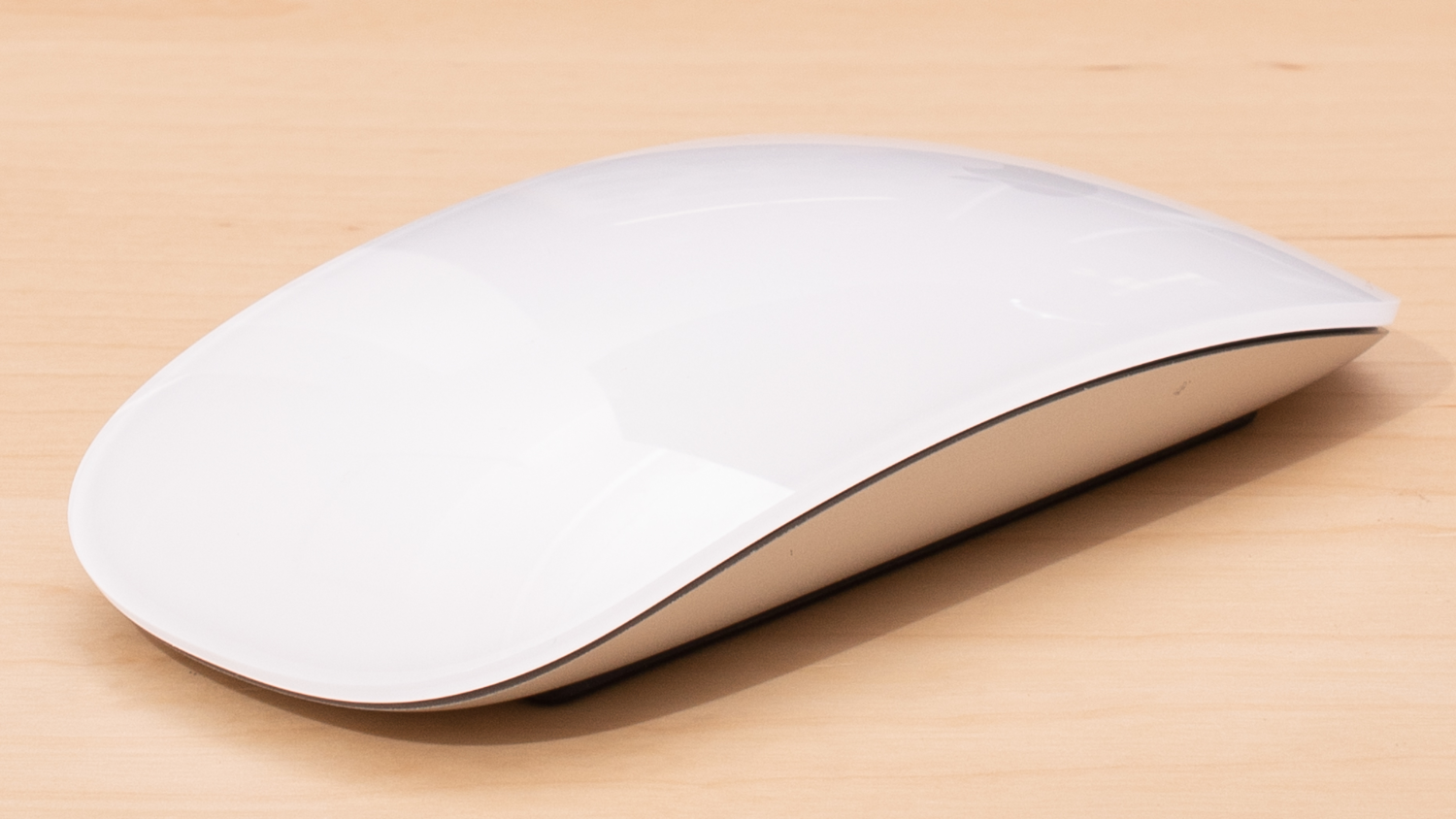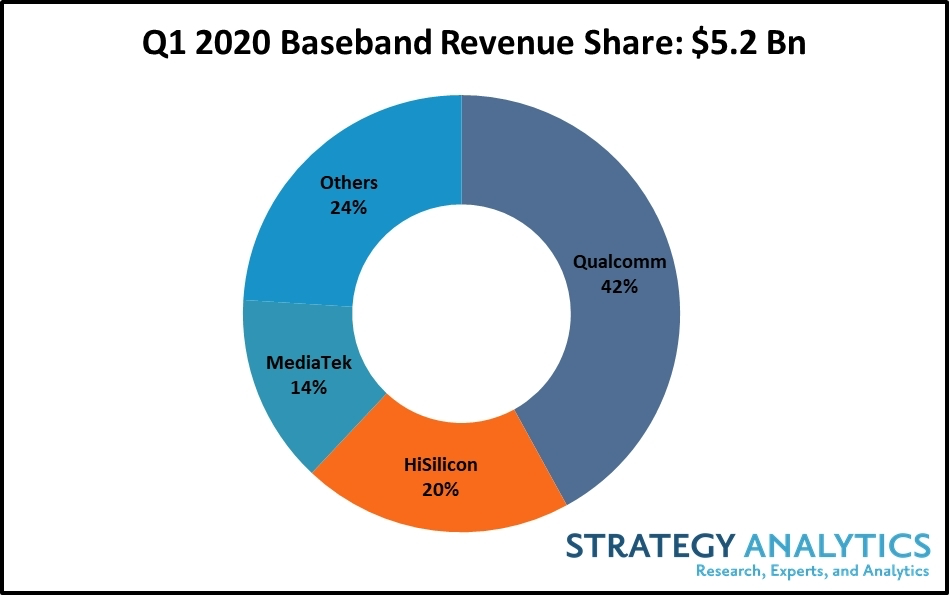Worldwide IT spending is projected to total $3.8 trillion in 2019, an increase of 3.2% from expected spending of $3.7 trillion in 2018, according to the latest forecast by Gartner, Inc. (www.gartner.com).
“While currency volatility and the potential for trade wars are still playing a part in the outlook for IT spending, it is the shift from ownership to service that is sending ripples through every segment of the forecast,” says John-David Lovelock, research vice president at the research group. “What this signals, for example, is more enterprise use of cloud services — instead of buying their own servers, they are turning to the cloud. As enterprises continue their digital transformation efforts, shifting to ‘pay for use’ will continue. This sets enterprises up to deal with the sustained and rapid change that underscores digital business.”
Enterprise software spending is forecast to experience the highest growth with an 8.3% increase in 2019. Software as a service (SaaS) is driving growth in almost all software segments, particularly customer relationship management (CRM), due to increased focus on providing better customer experiences. Cloud software will grow at more than 22% this year compared with 6% growth for all other forms of software.
While core applications such as ERP, CRM and supply chain continue to get the lion share of dollars, security and privacy are of particular interest right now. Eighty-eight percent of recently surveyed global CIOs have deployed or plan to deploy cybersecurity software and other technology in the next 12 months.
In 2018, data center systems are expected to grow 6%, buoyed by a strong server market that saw spending growth of more than 10% over the last year, and in 2018 will come in at 5.7% growth, according to Gartner. However, by 2019 servers will shift back to a declining market and drop 1% to 3% every year for the next five years, adds the research group. This, in turn, will impact overall data center systems spending as growth slows to 1.6% in 2019.
IT services will be a key driver for IT spending in 2019 as the market is forecast to reach $1 trillion in 2019, an increase of 4.7% from 2018. An expected global slowdown in economic prosperity, paired with internal pressures to cut spending, is driving organizations to optimize enterprise external spend for business services such as consulting. In a recent Gartner study, 46% of organizations indicated that IT services and supplier consolidation was in their top three most-effective cost-optimization approaches.
Worldwide spending for devices — personal computers, tablets and mobile phones — is forecast to grow 2.4 percent in 2019, reaching $706 billion, up from $689 billion in 2018. Demand for PCs in the corporate sector has been strong, driven by Windows 10 PC hardware upgrades that should continue until 2020.
However, Gartner says the PC market may see some impact from the Intel CPU shortage. While this shortage will have some short-term impacts, the research group doesn’t expect any lasting impact on overall PC demand. The current expectation is that the shortage will continue into 2019, but Intel will prioritize the high-end CPU as well as the CPUs for business PCs. In the meantime, AMD will pick up the part of the market where Intel cannot supply CPUs.
“PCs, laptops and tablets have reached a new equilibrium state. These markets currently have stable demand from consumers and enterprises. Vendors have only subtle technology differentiation, which is pushing them to offer PC as a Service (PCaaS) in order to lock clients into multiyear recurring revenue streams and offer new bundles service options.” says Lovelock.





